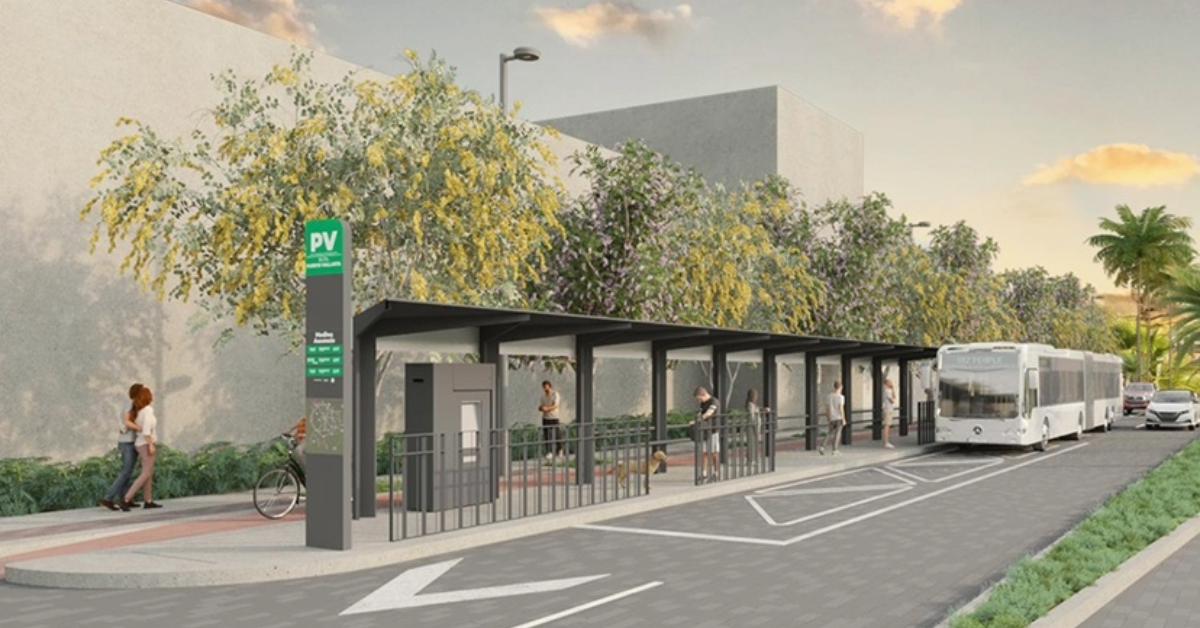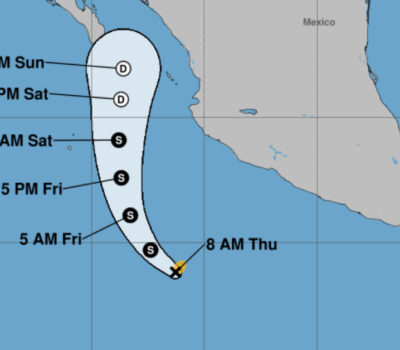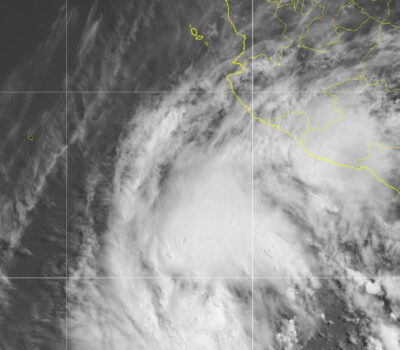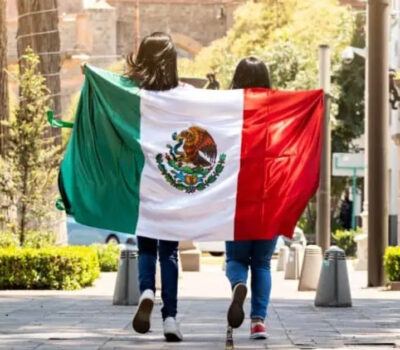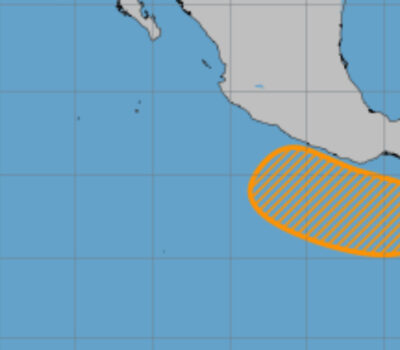Puerto Vallarta, Jalisco – In a landmark initiative aimed at modernizing public transport and reducing emissions, Puerto Vallarta is set to launch the “Francisco Medina Ascencio” Electric Public Transportation System by the end of this year. Spearheaded by Governor Pablo Lemus, the project represents an investment of 867 million pesos and promises to deliver a “first-world service” for the region.
The announcement was made during a press conference on Friday at the Puerto Vallarta International Convention Center, attended by Secretary of Transportation Diego Monraz and Siteur Director Amílcar López. The officials outlined the ambitious scope of the project, which will initially connect Ixtapa and the city center with a fleet of 32 modern electric units, including 18 articulated buses.
A Leap Towards Metropolitan Integration
Governor Lemus emphasized that the system is the first step toward establishing metropolitan transportation between Puerto Vallarta and Bahía de Banderas, Nayarit. This initiative aims to enhance mobility, ease congestion, and foster economic integration between the two regions.
“It is very important to improve public transportation for the people of Puerto Vallarta,” Lemus stated. “This electro-mobility system demonstrates our commitment to protecting the environment. All units will be electric, and the state government will subsidize 30% of the unit renewal costs.”
Key Features and Routes
The electric transportation system will consist of four primary routes and one complementary route, operating at five-minute intervals. It will deploy 18 articulated electric buses measuring 18 meters in length, each with a capacity of 120 passengers, alongside 14 smaller 12-meter electric units.
Key features include:
- Air Conditioning
- Low-Floor Access
- Automated Toll Collection
- Monitoring and Video Surveillance
The system will feature 11 main stations, three transfer stations, and a central hub at the airport, with 110 total stops across the network. Stations will include card recharge modules for ease of use.
Reduced Emissions and Traffic Relief
Officials project that the new system will reduce urban bus traffic in the city center by 40%, easing congestion and improving air quality. The project is expected to transport approximately 20,000 passengers daily, connecting key points such as Las Juntas, Centro Universitario de la Costa, the airport, Marina Vallarta, and the northern hotel zone.
Timeline and Investment
The 867-million-peso investment covers feasibility studies, executive planning, station construction, operational units, toll systems, and infrastructure upgrades. A tender for the units will be launched in February, with an estimated manufacturing period of 8 to 10 months. This timeline places the launch date between October and November, aligning with the next holiday season.
“For the next Christmas season, we want to launch the electro-mobility service,” Lemus explained. “We want both workers and tourists to feel proud of this new system, which will link Marina Vallarta with the historic center using state-of-the-art electric buses.”
Next Phase: Metropolitan Expansion
Looking ahead, the state government plans to collaborate with officials in Bahía de Banderas and Nayarit to expand the system into a fully integrated metropolitan transport network. The goal is to further enhance connectivity across the rapidly growing Puerto Vallarta-Bahía de Banderas corridor.
Local business leaders have expressed support for the project, citing mobility issues as a critical factor affecting tourism and workforce movement.
As Puerto Vallarta continues to evolve, the “Francisco Medina Ascencio” Electric Public Transportation System represents a pivotal step towards sustainable urban development, economic growth, and enhanced quality of life for residents and visitors alike.
Puerto Vallarta, Jalisco – In a landmark initiative aimed at modernizing public transport and reducing emissions, Puerto Vallarta is set to launch the "Francisco Medina Ascencio" Electric Public Transportation System by the end of this year. Spearheaded by Governor Pablo Lemus, the project represents an investment of 867 million pesos and promises to deliver a "first-world service" for the region.

